Flexographic Printing vs. Offset: Which Is Better for Custom Packaging?
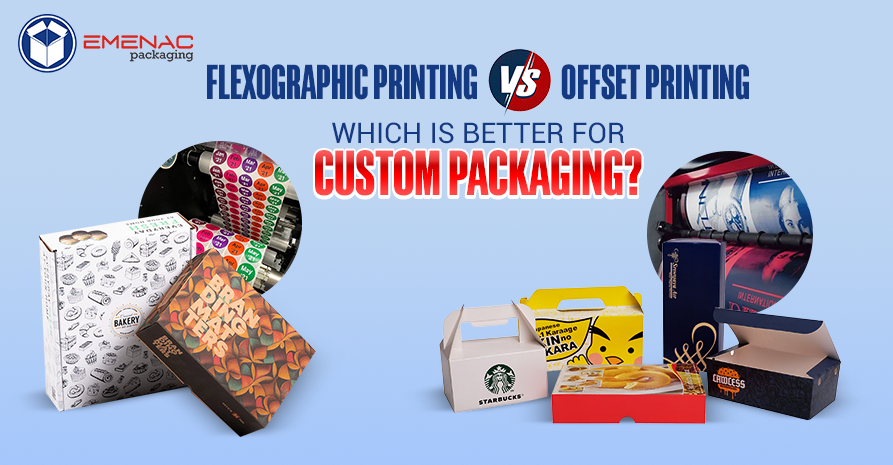
Flexographic printing vs. offset printing are two of the most prevalent printing techniques for custom packaging. But when it comes to choosing any one between both, the confusion creates all in a sudden.
There’s no need to worry as we have come up with major differences that will help you make an informed decision. This blog post aims to highlight key differences so you don’t face any problems while choosing between both. Let’s get started!
What is Flexographic Printing vs. Offset?
Flexographic printing is done with the help of a flexible printing plate to create high-quality prints on different materials.
This type of printing is normally done on non-porous surfaces like food packaging. To keep food items fresh and uncontaminated, food packaging must be non-porous. Mounting, image preparation, plate making, printing, and finishing are the main steps that are used in flexography.
Now let’s move to offset printing. Offset printing by name suggests a printing technique that is done by transferring the inked image from the plate to blanket. Nowadays, flexography is also known as lithography which means “printed from stone”.
Key Differences Between Flexographic & Offset Printing
Inks
One of the major differences between the printing techniques is the type of ink used for both. Flexographic can easily operate with different types of inks. On the other hand, offset printing only works with inks that are oil-based along with some water-based inks.
Affordability
Flexographic image printing is generally cost-effective as compared to offset. Moreover, the plates used for flexo are durable than the plates used for offset, means they can be reused after some time before replacement is necessary.
Convenience
Offset printing is normally used on smooth and flat surfaces but that’s not the case for flexographic. Flexographic can be used for a wide variety of applications, making it more convenient for most of the brands. Due to the convenience factor, most brands opt. for flexographic.
Print Quality
The clean lines and precise colour matching of offset printing give it a competitive advantage over the flexographic technique. Offset printing produces high-resolution images and this method is mandatory for materials where first impressions can’t be taken for granted.
Run Length
Lastly, the choice of choosing any of printing method largely depends on custom printed packaging requirements. For longer runs, flexographic printing is more cost-effective because of its faster printing speeds and simpler setup.
On the other hand, offset printing comes with unparalleled quality, better for shorter to medium runs where superior quality can easily justify the higher costs.
Which One is Better for Custom Packaging Needs?
Custom packaging is of different types, so it would be difficult to answer this question. But based on the above-mentioned differences, you could easily get an idea of which one works best for you based on your packaging project? Both are best in their own terms.
We strongly recommend considering the specific requirements for your project. Based on those requirements, choose such printing method that you think best works.
However, most packaging applications and projects require versatility and rapid production, so we think flexographic would be the best option.
Bottom Line!
So which process is right for you? Again it all depends on numerous factors like run length, convenience and affordability. We couldn’t speak in favour of any one printing technique because every custom printed packaging comes with different factors.
Emenac Packaging New Zealand offers various printing options, including flexographic vs. offset printing. Maximise your product packaging appeal by sharing your requirements and we will try our best to come up with packaging that would be liked by your customers.
Share This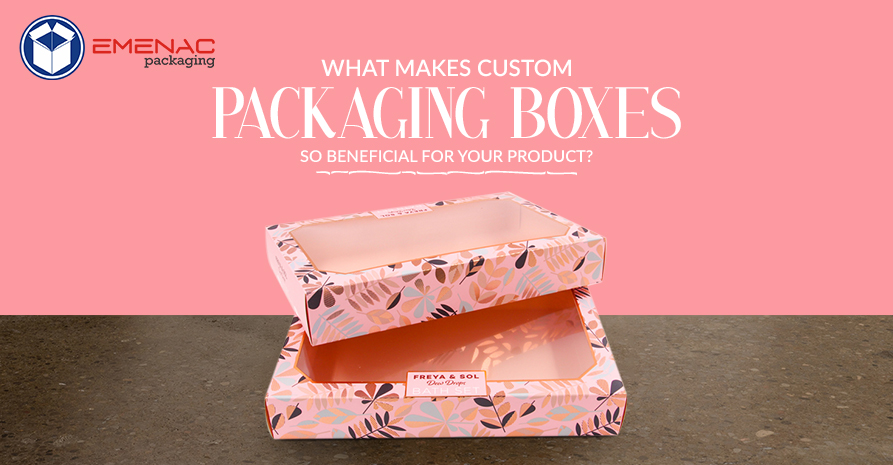 What Makes Custom Packaging Boxes so Beneficial for your Product?
What Makes Custom Packaging Boxes so Beneficial for your Product?
 How Window Soap Boxes are Valuable for Your Brand Success?
How Window Soap Boxes are Valuable for Your Brand Success?
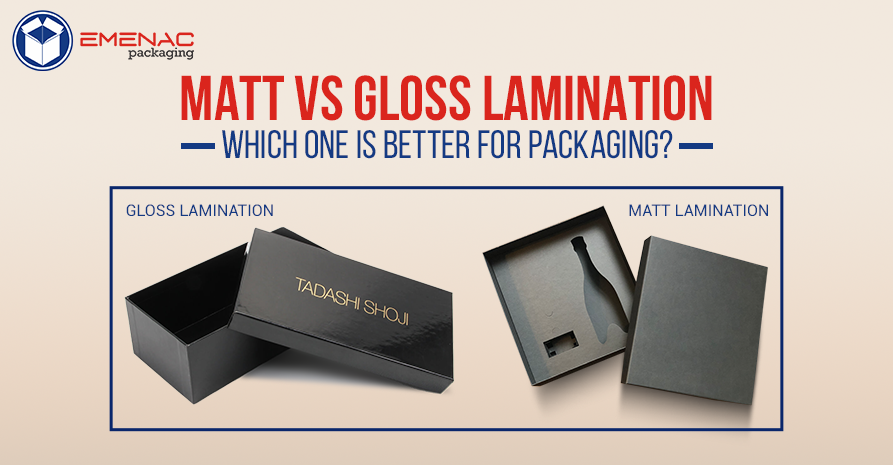 Matt Vs Gloss Lamination: Which One Is Better For Packaging
Matt Vs Gloss Lamination: Which One Is Better For Packaging
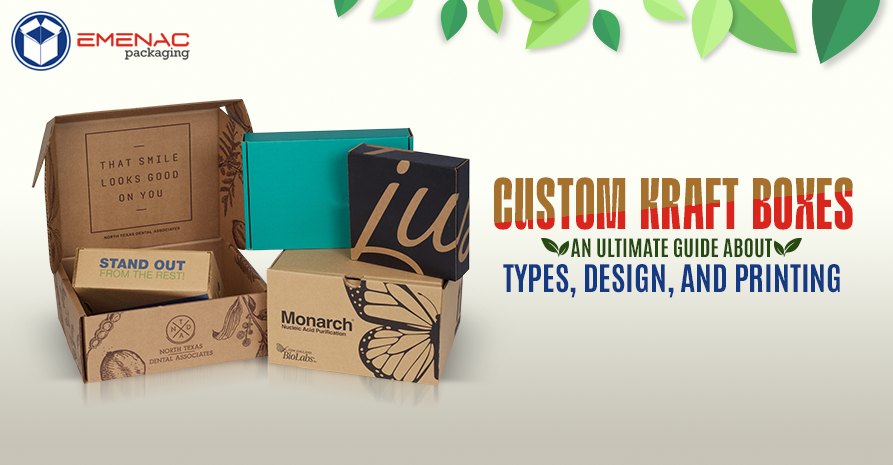 Custom Kraft Packaging Boxes: An Ultimate Guide about Types, Design, and Printing
Custom Kraft Packaging Boxes: An Ultimate Guide about Types, Design, and Printing
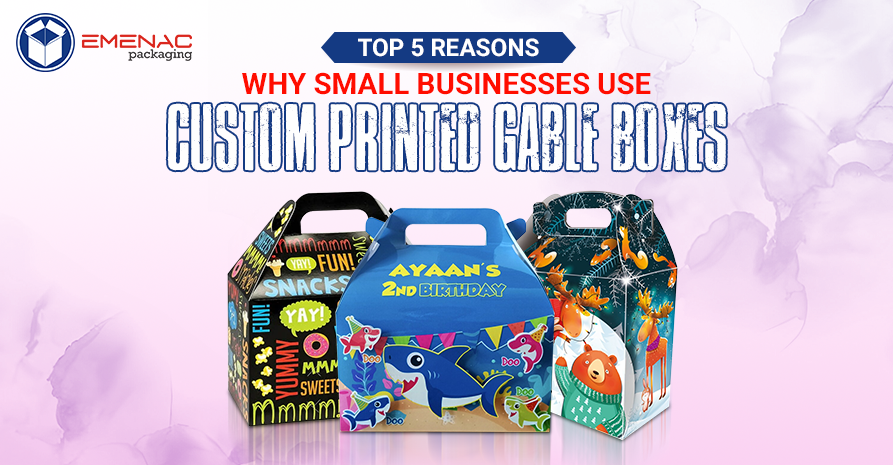 Top 5 Reasons Why Small Businesses Use Custom Printed Gable Boxes
Top 5 Reasons Why Small Businesses Use Custom Printed Gable Boxes
